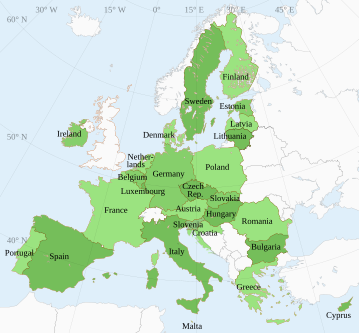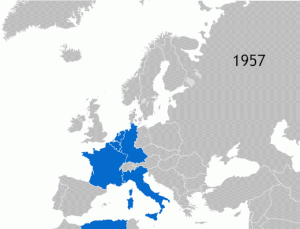For me, this essay brings up an enduring question throughout much of history: “What to do with immigrants or newcomers?” It also leads to the follow up question: “Who should be doing these actions?” The fact is that when a country starts becoming successful, like Germany in the late twentieth century and like the United States in the second half of the nineteenth century, people will flock to that nation. For them, it represents the possibility of opportunity or escape from a potentially bad homeland (refugee). The same thing will happen domestically: if a city starts to boom, and create more job opportunity, people will generally flock to that city. According to this article, Germany is having to face these questions now. As the nation furthers itself as an economic powerhouse, more will want to join in on the bandwagon. In some cases, a newly booming economy needs this flocking in order to keep the momentum going. Germany is not too far from Eastern Europe, and therefore, a large percentage of mixed ethnic populations. For a nation with such a troubled racial past, it can be challenging for them to determine what to do. In the not too distant future, leaders in Germany will have to decide whether they want to assimilate immigrants, allow immigrants to stay but retain their culture, or simply disallow immigration into Germany. The difficult thing is, all answers to the question have their merits; it’s a moral dilemma.
It was a problem for nineteenth-century U.S., and now it is a problem for Germany. Are there any other parts in history that may experience this problem? Perhaps Irish immigration into Britain? Or perhaps North African immigration into Spain?


